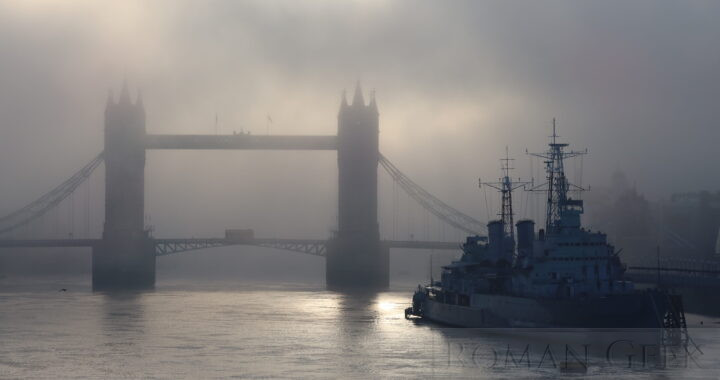- There were eight Roman Roads radiating out from London.
London Bridge
- It is thought that Watling Street first crossed the Thames by using a ford at low tide at Westminster. It then continued up the Edgeware road, which still points at Westminster.
- In c. 50 CE, the Romans built a wooden bridge on piles across the Thames, which was probably burnt during Boudicca’s Revolt in 60 CE.
- The bridge was then rebuilt, again using wood, allowing the Roman roads south of the Thames, Watling Street and Stane Street, to connect with the roads north of the Thames.
- The wooden Roman bridge was located 100 feet (30m) to the east of the modern London Bridge.
Roman Roads to the North
- Ermine street (A10, A1)
- to York
- Portway (A30)
- to Dorchester
- Watling Street (A5)
- to Wroxeter
- Pye Road (A12, A140)
- to Colchester and Caistor St Edmund
Roman Roads to the South
- Stane Street (A29)
- to Chichester
- Watling Street (A2)
- to Dover
- A Roman Road towards Lewes (A?)
- A Roman Road towards Brighton (A23)
Antonine Itinerary
- The Antonine Itinerary was a Road Map of the Roman Empire possibly dating to 138-161 CE or earlier.
- It is a list of all the Routes of the Roman Empire naming the Stations and giving the distances between them.
London

